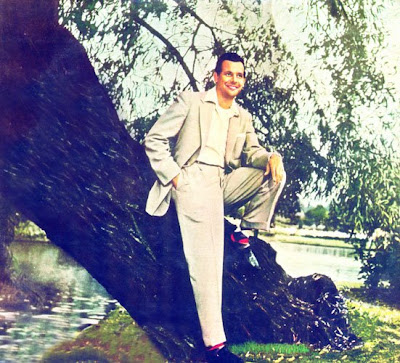Rooting out ailments

Mathures Paul discovers the basis of Tibetan cures
‘MISUSE, disuse and overuse… These are the causes of all health problems,” says Dr Pema Dorjee, director (literary research department) of Men-Tsee-Khang or the Tibetan Medical and Astrological Institute of His Holiness, the Dalai Lama, in Dharamsala. Word about the doctor’s visit had spread like wildfire and since early morning patients had begun to arrive in great numbers at the institute’s centre in Tollygunge, Kolkata.
Entering the institute, a sea of people were visible, some sitting on the floor and many others waiting outside the little gate, all eager to find cures to their health problems. Even when the doctor is away, the residents are never left idle. Nearby is a dispensary filled with large jars containing herbal solutions to almost any health problem and another showcase presents a wide array of tea leaves — some meant for diabetics, a few for the depressed — but all of these priced modestly. Sparkling clean, we were guided to a small room where Dr Dorjee usually sits. A few junior doctors waited on him, taking down notes on how he analsyed ailments. It was almost lunch time but the crowd kept growing.
“The power of observation is of utmost importance. Only if a doctor asks specific questions can an ailment be identified. Usually mainstream medication only suppresses symptoms but the basis of Tibetan cures is to root out ailments,” says Dr Dorjee.
The Tibetan medical system is quite old and to some extent comparable to Ayurveda, but its methods of analysis and the philosophy differ. Remedies for common ailments are found in natural sources. It’s said, for example, that applying residual barley from chang (Tibetan wine) on swollen body parts, drinking hot water for indigestion and using melted butter for bleeding are some of the therapies that arose from pratical experience and gradually formed the basis for the art of healing in Tibet. Tibetan medical heritage is based on the book of the Four Tantras (Rgyud-bzhi), which remains the fundamental medical text even today.
“The system is based on natural concepts and understanding of natural phenomenon. If anything goes wrong in nature, we are affected. For example, global warming and natural calamities affect us all. While understanding symptoms, we take into consideration aspects like complexion, height and, as usual, the colour of the tongue and urine sample. The pulse provides logical and scientific answers to every question.”
Dr Dorjee points out that drastic change in lifestyle has also given birth to complex ailments. “Almost every ailment has a cure. Medicines are primarily from herbs, precious metals (but harmless), external therapies (venesection, moxibustion, etc. Depression or anxiety affects the mind but is not given birth in the mind. They are matters of physical imbalance. We separate the mind from the disease.”
The medicines provided at the institute in Kolkata come from Dharamsala. “There is a difference between suppressing and uprooting a disease. Tibetan healing does not guarantee instant result.”
He goes on to explain the concept of “misuse, disuse and overuse... When we eat less sweet or salt, it’s disuse. Misuse results from untimely eating habits, poor lifestyle habits, etc. Overuse is excess physical exertion, sleeping too long, etc. Even the mind can be misused — disharmony between neighbours.”
Dr Dorjee left Tibet at the age of nine and since then has made India his home. He has a large number of friends in Kolkata where he returns every now and then. At present he is travelling through Siliguri and Darjeeling.


Comments